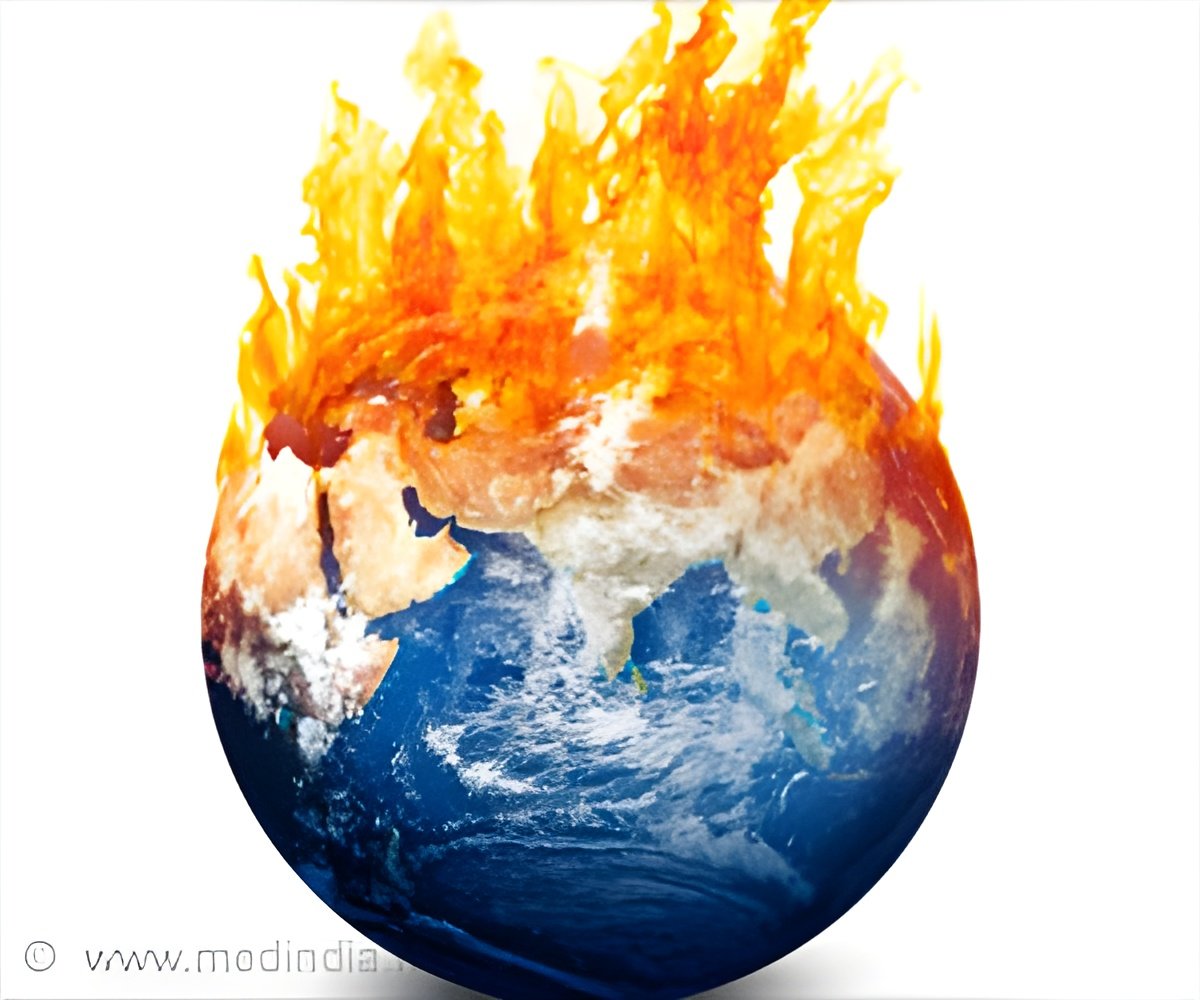
‘Greenland's snowy surface has become darker over the past two decades due to high absorption of heat and a rise in snowmelt.’
Tweet it Now
The scientists hypothesized that soot blowing in from wildfires in China, Siberia and North America might be the factor for the increase in the darkening of the ice sheets. The study revealed that the old sooty material locked below the surface of the ice sheet is the reason behind the darkening. "A clean snowpack can be more effective in absorbing solar radiation than a dirty one. Overall, what matters is the total amount of solar energy that the surface absorbs. This is the real driver of melting," said lead author Marco Tedesco, research professor at Columbia University.
A warm summer with clear sky and lots of solar radiation causes the snowy surface to melt. As the ice starts to melt, the top layers of fresh snow disappears and old impurities, like dust from erosion or soot that blew in years before, start appearing, darkening the surface. As the snow refreezes, the grains get larger because they become stuck together. These larger grains create a less reflective surface that allows more solar radiation to be absorbed, leading to a faster melting in a potentially disastrous feedback loop. The impact of grain size on albedo is strong in the infrared range, where humans can't see, but satellite instruments can detect the change, the researchers explained.
"It's a complex system of interaction between the atmosphere and the ice sheet surface. Rising temperatures are promoting more melting, and that melting is reducing albedo, which in turn is increasing melting," Tedesco said.
The results, published in the European Geosciences Union journal The Cryosphere, have global implications as the fresh melt water, which pours into the ocean from Greenland raises the sea level and can affect the ocean ecology and circulation.
Advertisement
At the same time, summer near-surface temperatures in Greenland increased at a rate of about 0.74 degree C per decade, allowing more snow to melt and fuel the feedback loops. The conditions shifted in 2013-2014 to favor less melting, but the damage was already done and the ice sheet had become more sensitive. In 2015, melting spiked again to reach more than half of the Greenland ice sheet.
Advertisement
While warming is expected to increase precipitation, the precipitation includes increasing rainfall, which speeds up melting. Melting is also moving to higher elevations as global temperatures warm, the researchers concluded.
Source-IANS









